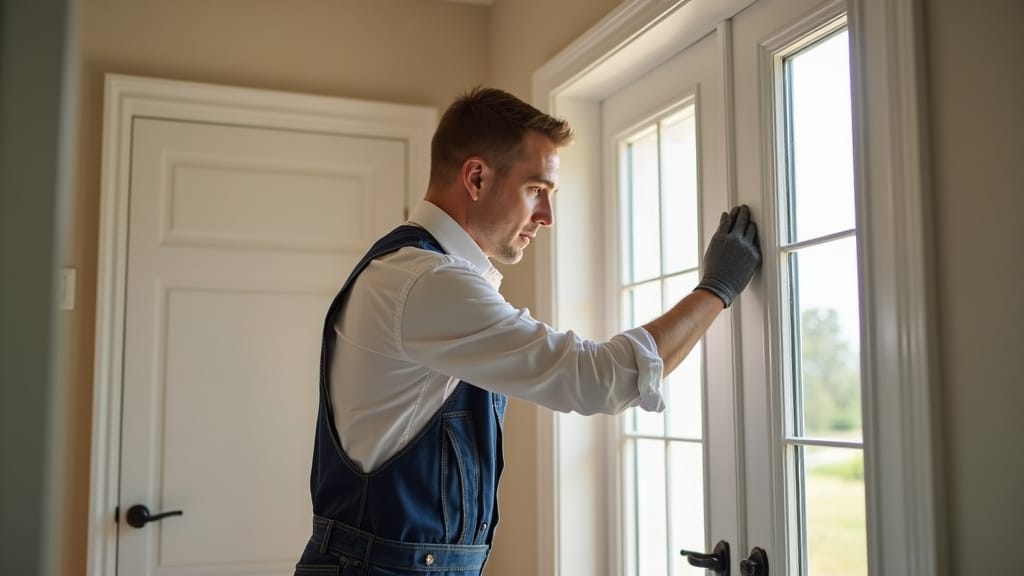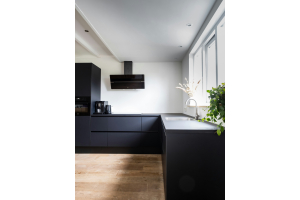
When undertaking a project involving wood interior doors, understanding interior door installation permit rules is crucial to ensure compliance with local building codes. While replacing existing interior doors with new wood interior doors typically does not require a permit, adding new doors or making structural changes often does.
It’s important to check with your local building authority to determine if any specific regulations apply, especially if your renovation involves significant alterations. Adhering to these interior door installation rules will help to avoid potential delays and ensure that your new wood interior doors are installed correctly and safely, enhancing both the aesthetic and functionality of your home.
Standards and Requirements
Many people don’t know that there are international code requirements that regulate windows and doors. These codes cover a wide range of topics and are generally out of the scope of individual remodeling projects, like egress and impact resistance.
Another unknown element is the fenestration standards–these require windows to withstand a certain level of wind speeds, which is particularly important in areas like the Midwest. Doors also have similar regulations regarding size, safety, and in some cases, energy efficiency.
For most homeowners, such aspects can be overwhelming, especially when all they want to do is remodel their property. Fortunately, you do not have to worry about these rules when working with professionals, who can provide you with quality materials that meet the required standards, or when working with interior door projects.
Adding a new residential exterior door where one did not exist before, though, will almost always require some kind of permit; certain municipalities will even require a permit just for direct replacement. This is because, just like roofing, an exterior door is another highly visible area of your home. As a result, you should always expect to do some paperwork before doing work on windows or exterior doors.
Generally, the type of door is immaterial for the purposes of permits. So, it won’t matter if you’re installing a solid core or hollow door. However, with an interior door addition or replacement, you won’t need a permit, although some municipalities may have suggestions on how to go about interior installations in general.
Who to Consult for Permit Requirements
If you’re unsure whether your project involving wood interior doors requires a permit, it's crucial to consult the right sources to ensure compliance with local regulations. Start by reaching out to your local building department or municipal planning office. These agencies can provide detailed information on permit requirements specific to your area and project scope.
Additionally, consider speaking with a licensed contractor or a professional renovation consultant, who can offer insights based on their experience and knowledge of local codes. They can help you navigate the permit application process and ensure that all aspects of your project meet regulatory standards. By engaging with these experts, you can confidently move forward with your renovation while staying within legal guidelines.
In Summary
Interior door remodeling or installation projects sometimes require permits. However, getting advice from a professional contractor can help you achieve the look you want and ensure that the structural integrity of your home remains strong.
Still, exterior doors or other exterior installations will likely require permission, so be sure to have your paperwork completed before beginning such a project.
If you’re replacing or adding doors to your home to improve your energy efficiency, there’s a lot to know about the energy efficiency of solid wood doors and how they compare to other types of doors–check out our latest article!





